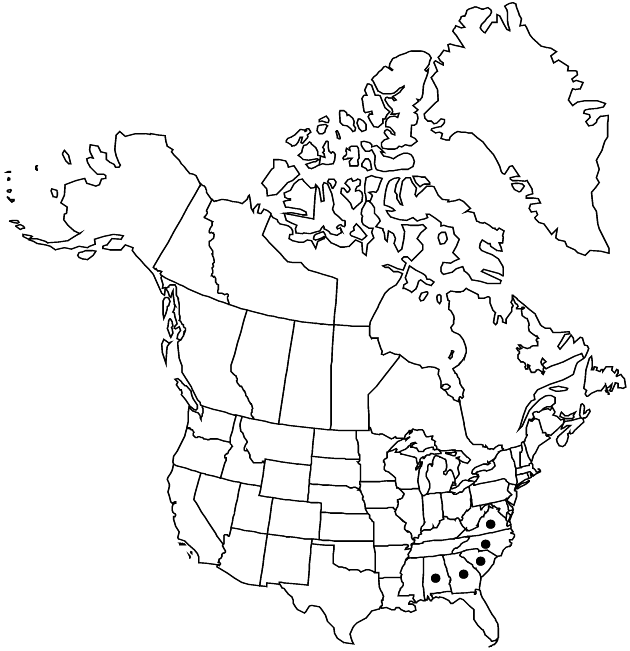Rudbeckia heliopsidis
Fl. N. Amer. 2: 310. 1842.
Perennials, to 120 cm (rhizomatous). Stems villous to glabrate. Leaves: blades elliptic, lanceolate, or ovate (flat, not lobed), bases acute to rounded or cuneate, margins entire or serrate, apices acute, faces glabrous or sparsely strigose and glanddotted; basal petiolate, blades 10–20 × 2–5 cm; cauline petiolate (proximal) or nearly sessile (distal), blades 2–20 × 1–4 cm. Heads usually (4–8) in ± corymbiform arrays, sometimes borne singly. Phyllaries to 1.5 cm (faces sparsely to moderately hairy and glanddotted). Receptacles hemispheric to ovoid; paleae 3.2–4.2 mm, apices rounded to acute, abaxial tips canescent and glanddotted. Ray-florets 6–12; laminae elliptic to oblanceolate (spreading), 15–30 × 3–6 mm, abaxially strigose and glanddotted. Discs 10–15 × 7–15 mm. Disc-florets 100–200+; corollas proximally yellowish green, distally brown-purple, 3–4 mm; style-branches ca. 1.4 mm, apices obtuse. Cypselae 2–3 mm; pappi coroniform, to 1.5 mm (sometimes cypselae each with glandular-hairs around apices).
Phenology: Flowering summer–fall.
Habitat: Mesic to wet woodlands, meadows
Elevation: 70–200 m
Distribution

Ala., Ga., N.C., S.C., Va.
Discussion
Of conservation concern.
Selected References
None.